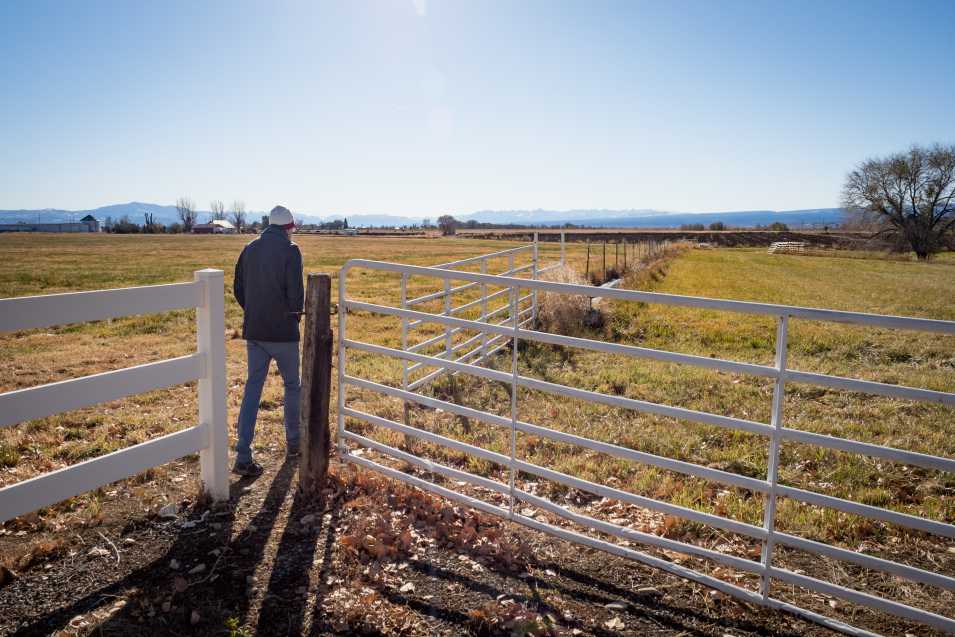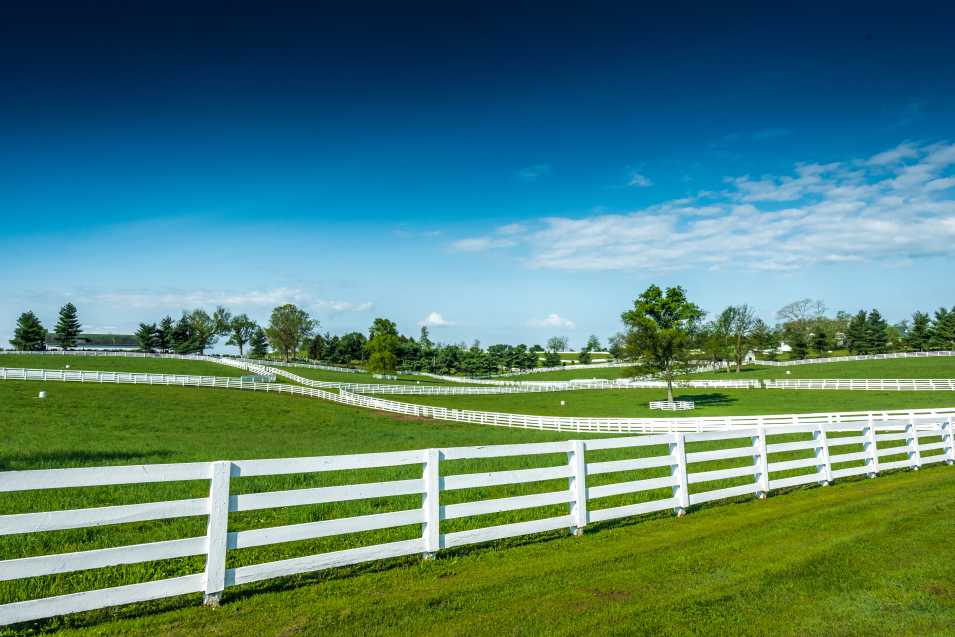When it comes to painting your farm fence, you want to choose a color that not only looks attractive but also serves its purpose. The right color can help your fence blend in with the surrounding environment or stand out as a statement piece.
Some important things to consider when choosing the color for your fence include the type of material it is made of, the style of your home, and the overall aesthetic of your property.
Color Selection for Your Farm Fence
Choosing the right color for your farm fence can be a daunting task, but fear not! Here are a few things to keep in mind as you choose the perfect color for your farm fence:
– Neutral tones like brown, beige, and gray are always popular choices.
– Dark colors such as black and navy blue can provide a bold effect.
– If you want your fence to blend in, look to nature for inspiration and consider earth tones or green.
– Bright colors like red or yellow can make your fence stand out, but may not be suitable for all properties.
Brown fencing is a more subtle color that offers a more natural look and coordinates well with tan and neutral barn/house colors. Black fencing is the choice of many farms due to its visibility in snowy weather and tendency not to show dirt.
Ultimately, the color of your farm fence should reflect your personal style and preferences while also complementing the overall look of your property.
Related Article: Perfect Cottage Garden Fence Color
What Is The Cheapest Farm Fence Ideas?
When you want to fence in a large cattle pasture, barbed wire is an inexpensive option because it is strong, lasts a long time, and is easy to fix. You can also place your fence posts farther apart with barbed wire, which further reduces the cost of the fence.
Farmers looking to fence their land on a budget have many affordable options to choose from. One of the cheapest farm fence ideas is a wire fence. It’s easy to install and provides a practical barrier for livestock.
Another budget-friendly option is a wooden post fence made of treated pine. It’s durable and can last for many years. A third option is a barbed wire fence, which is commonly used for cattle and other large animals.
However, barbed wire fences require maintenance and upkeep to ensure they remain secure. With endless choices available, farmers can find the perfect type of fence to fit their budget and needs.
Related Article: How to Build a No Dig Garden Fence?
Farmers can find affordable fences that suit their needs and budget.
Important Farm Fence Ideas:
- Wire fence
- Treated pine post fence
- Barbed wire fence

What Is A Wattle Fence?
A wattle fence is a lightweight structure that is constructed by weaving thin branches (or strips of wood) between upright stakes to form a woven lattice. This is an old building method that is common in the British Isles, Ireland, and other parts of Europe. It dates back to the Neolithic era.
A wattle fence is a traditional fencing method that dates back to medieval times. It’s made by weaving thin branches, such as willow or hazel, between wooden stakes to create a natural-looking barrier.
This method was particularly popular in the UK, where hedges and fences were used to mark land ownership. Wattle fences were easy to construct and could be made using locally sourced materials.
Related Article: Ways to Use Color in the Garden
They were also flexible enough to bend with the wind and stood up well to harsh weather conditions. Today, wattle fences are still used for decorative purposes in gardens and landscaping.
Wattle fences were easy to construct and could be made using locally sourced materials.
Some important things to note about wattle fences are:
- They are made by weaving thin branches between wooden stakes
- They were traditionally used for fencing and marking land ownership
- They are flexible and can withstand harsh weather
- Today, they are often used decoratively in gardens and landscaping.
Related Article: How to Design Your Fence Garden
